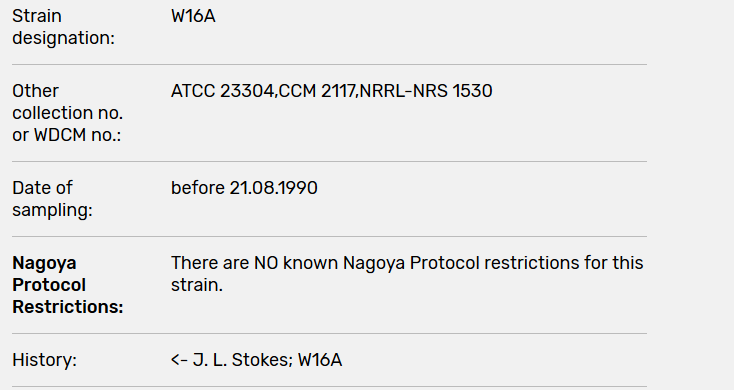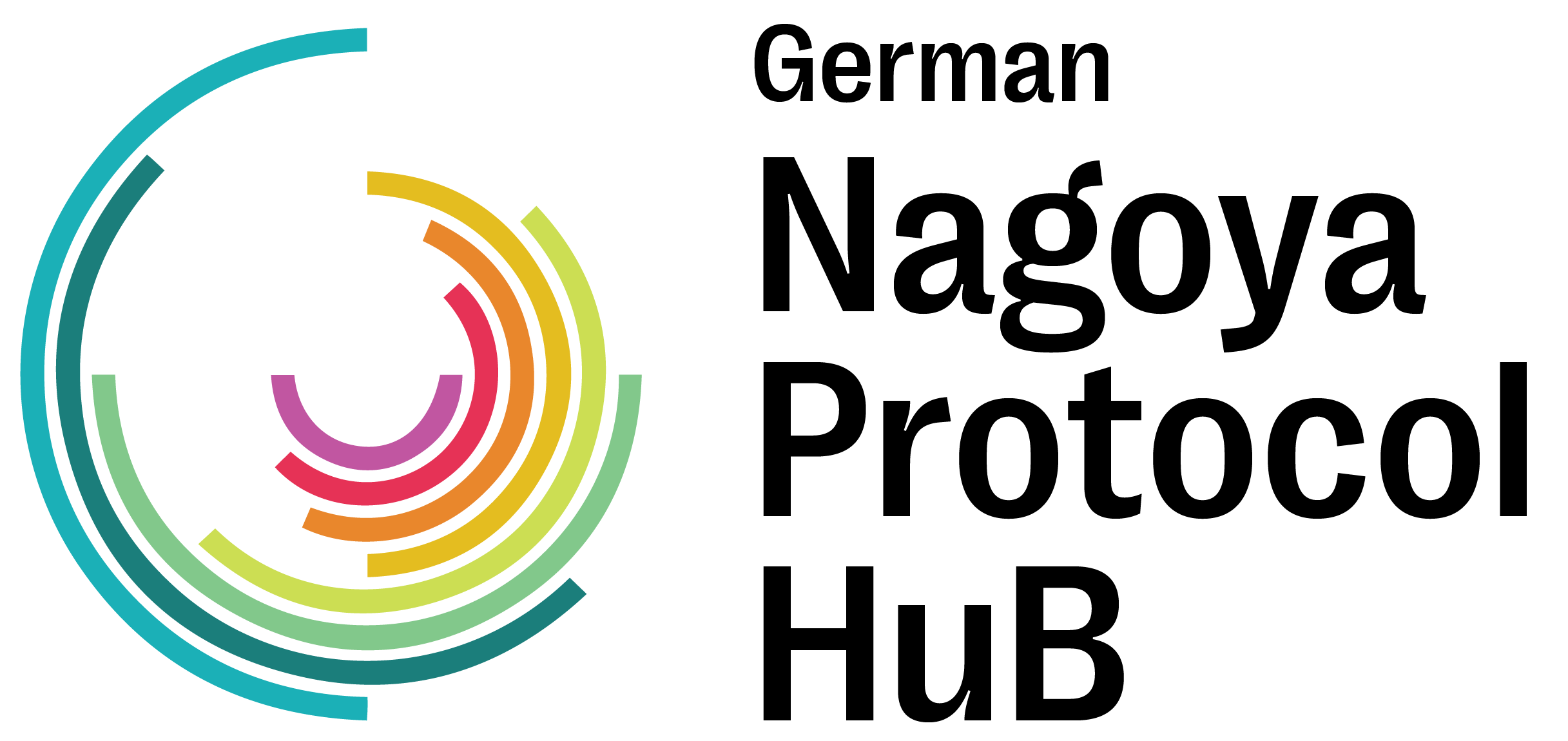Compliance stories
Learning from experience: DSMZ
Type of institution: A public collection of microorganisms and cell cultures
Registered collection under Regulation (EU) No 511/2014: Since March 2018
In this compliance story, you can read about DSMZ’s experience with:

Why did DSMZ become registered?
The Nagoya Protocol is a reality for many researchers and finding out about ABS and obtaining ABS documentation can be very time-consuming. When researchers receive genetic resources from a registered collection, they are also supplied with any relevant ABS documentation by the collection.
For samples in the registered collection, all associated Nagoya Protocol documents, such as prior informed consent (PIC) or mutually agreed terms (MAT), are available to DSMZ’s customers and can be downloaded directly from the product page.
It is an attractive option for DSMZ’s customers from Germany (and around the world) to obtain their material and the associated ABS documentation directly from the collection rather than investing time and energy in the ABS process personally. It makes it easier for them to deal with their due diligence obligations.

Photo: DSMZ
Applying for registration
In order to become a registered collection, an application must be submitted to the competent authority in the respective EU Member State. In Germany, this is the Federal Agency for Nature Conservation (Bundesamt für Naturschutz, BfN). If all the requirements are met, the BfN notifies the European Commission that the collection should be placed on the register of collections.
DSMZ was the first registered collection in Germany and the European Union. The process of becoming registered was therefore new for all involved and there was an ongoing and intense exchange with the BfN during the process.
DSMZ applied for recognition as a registered collection in November 2017. The free text application of approximately 14 pages included:
- a description of the collection, the types of resources held and the part of the collection to be registered;
- a list of standardized procedures, including quality management systems, good scientific practice rules etc.;
- a description of the changes made to existing documentation, .e.g. the DSMZ’s standard terms and conditions and material transfer agreement;
- a description of the new standard operating procedure for implementation of the Nagoya Protocol for deposits in the collection;
- a description of record keeping and the use of identifier numbers for tracing purposes;
- information about training for relevant employees. i.e. to inform them about the new requirements and procedures; and
- information about how DSMZ’s customers are informed about the Nagoya Protocol and their obligations.
The application included a copy of all documents and screenshots of relevant parts of the catalogue etc.
What are the lessons learned?
![]()
The application for recognition as a registered collection must focus on the systems and procedures in place to check for Nagoya Protocol relevance, that relevant documentation has been provided by the depositor, that this information is transferred to customers and the information and samples are traceable.
![]()
There were no set forms etc. for the registration process. The ongoing and transparent exchange throughout the process with the competent authority was key to the process.
![]()
The application process required significant personnel and financial investments. It took collection staff about 4 months to prepare this application and required input from various departments, including the legal department, collection managers, IT etc.
Deposition and purchase of material from DSMZ
DSMZ adapted its internal procedures and documentation and created new procedures to make sure all future deposits are Nagoya compliant.
The new procedure for deposition is:
- The digital accession form asks for relevant information, namely the county of origin and date of collection.
- The digital form links to the ABS Clearing House and automatically checks whether the country of origin was a Nagoya Protocol country at the time of collection.
- If so, the depositor is asked for information about ABS. Information about ABS must be provided, e.g. if there was an exception (ABS was not relevant) or the relevant ABS documents must be uploaded directly by the depositor.
- The in-house lawyer checks the document and confirms with the national focal point of the country of origin that the ABS documents provided allow the material to be deposited and distributed to other researchers for basic research.
- If a resource is not in scope of the Nagoya Protocol, it is marked in the DSMZ catalogue as “There are NO known Nagoya Protocol restrictions for this strain”.

Screenshot from the DSMZ’s catalogue
The amended Material Transfer Agreement explicitly requires the customer purchasing the relevant material to agree to:
- use the material for non-commercial research purposes only;
- not to distribute material to third parties;
- to download, read and store the ABS documents from the catalogue for 20 years after their last use; and
- adhere to the terms listed in the “Nagoya Restrictions” section of the catalogue.
What are the lessons learned?
![]()
When setting up the system, thought needs to be given to practical issues like how to deal with samples from states that no longer exist, samples with imprecise geographic information, dependent territories etc. Duplicates and spelling errors also need to be addressed.
![]()
DSMZ has contacted all CBD Parties to ask what would need to be done in order to accept a microorganism from their country for deposit in the collection. A database of information on national ABS measures is being built up but for some countries, it is not possible to get information about ABS or information is not available in English. This makes legal deposits from some countries impossible.
![]()
Some countries do not allow deposited material to be transferred to third parties. Such samples cannot be accepted into the collection.
![]()
Although ABS documentation is provided by DSMZ together with the material, it must be clear to customers that they are still responsible for their due diligence obligations.
![]()
The DSMZ created several pages of content on its website to help depositors and customers purchasing material to understand the new requirements, including explanations of important terms and restrictions and an infographic to explain the minimal requirement for deposits.
Cleaning up – checking the existing collection for Nagoya Protocol relevance and compliance
In order to include existing resources in the registered collection, DSMZ checked all resources listed in its public catalogue for Nagoya Protocol relevance and compliance.
DSMZ used two main criteria to work out whether a resource is in scope of the Nagoya Protocol, namely geographical scope and temporal scope.
Geographical scope
DSMZ has ensured that the country of origin is known for all strains in the catalogue which were collected in 2014 or after that. Strains with an unknown country of origin were are only accepted if they pre-date the Convention on Biological Diversity and ABS.
Temporal scope
All strains in the catalogue that had no sampling date information and an accession date after 1992 were reviewed. The DSMZ used information from the deposit form, literature and internal records to determine a sampling date. When this was not possible, the accession date (when a strain was deposited) was used instead with the note ‘sampled before + accession date’.
![]()
Start as soon as possible with the clean up! The sooner you start, the smaller the number of records to be processed (because no further records accumulate) and the higher the chance of being able to find any missing information.
![]()
Temporal and geographic information are sufficient to work out Nagoya Protocol relevance. Only a small fraction of samples may require further action or to be removed from the collection. Cleaning up old collections may seem like a daunting task but may not be as bad as one expects.



